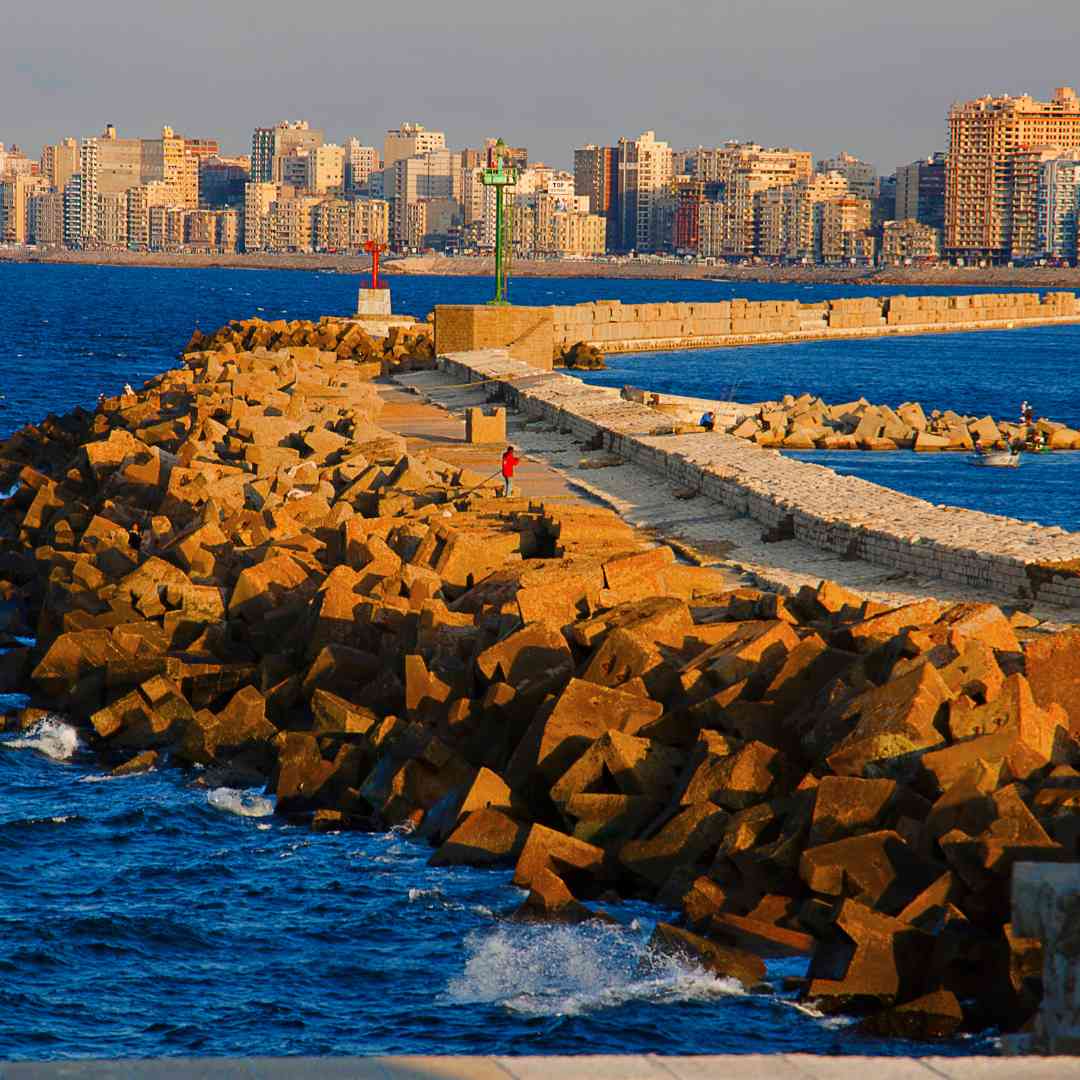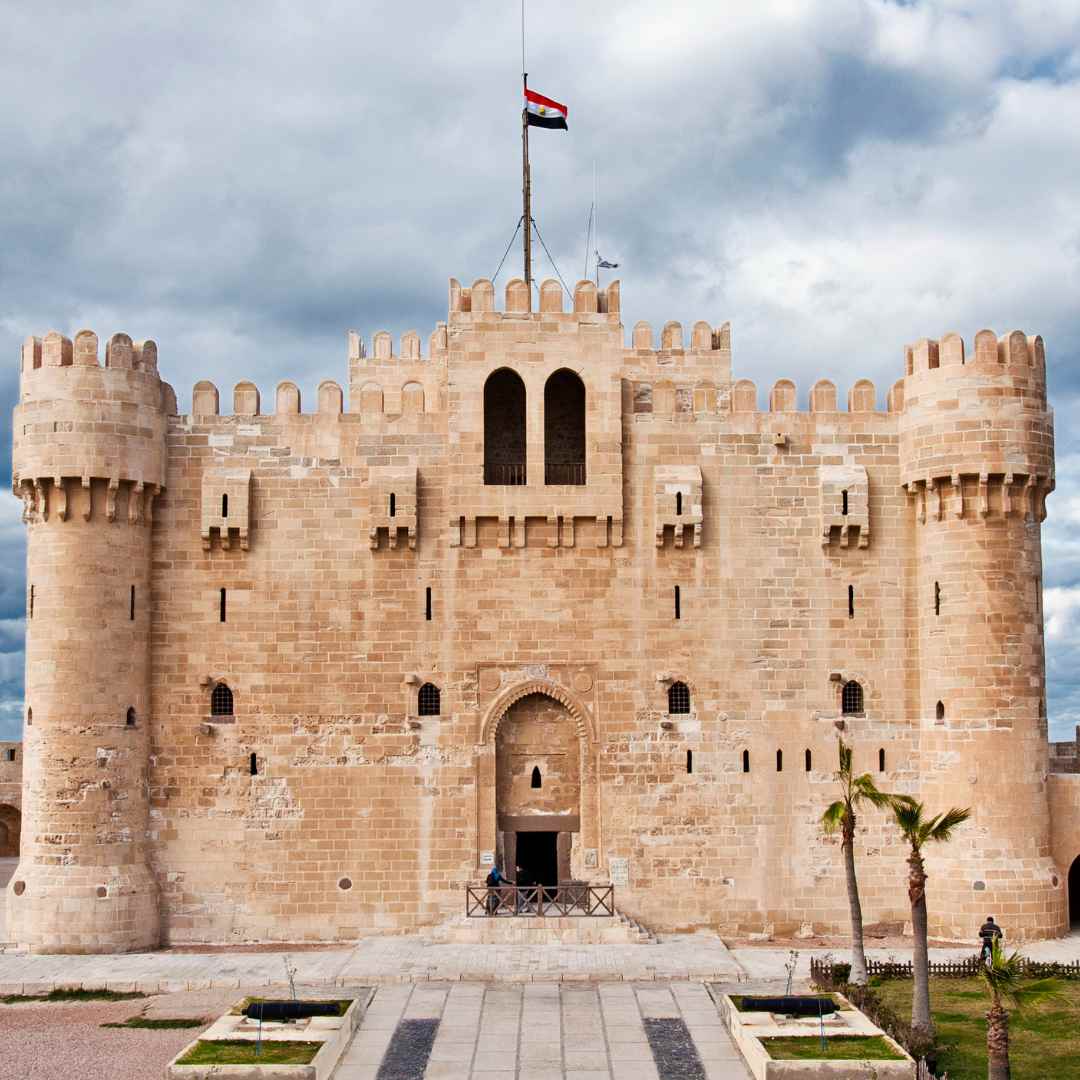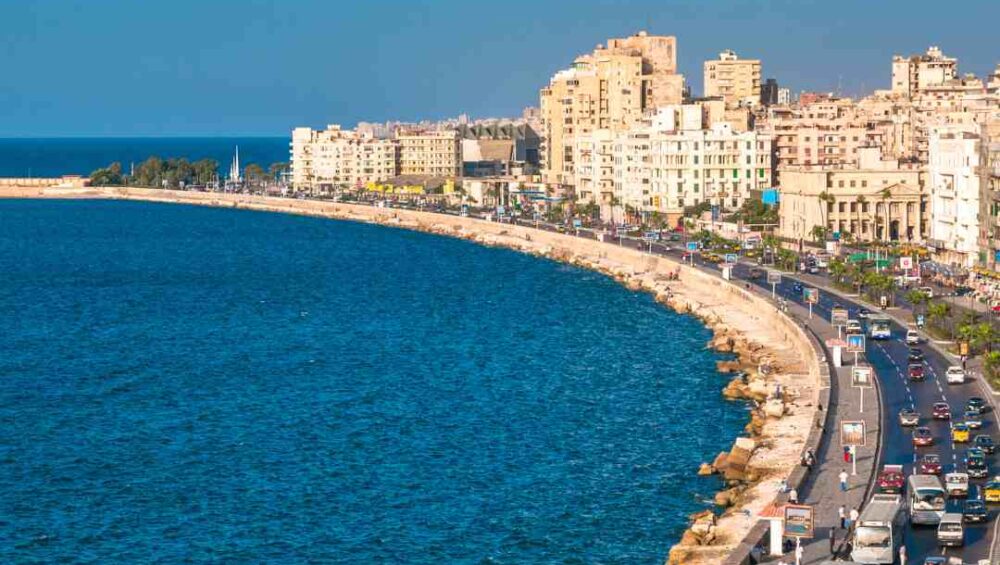Alexandria is a city in Egypt. It sits on the Mediterranean coast, right next to the sea. People have lived there for thousands of years. The city has a rich history that attracts many visitors each year. Let’s dive into why Alexandria is so special.
The Ancient History of Alexandria
Alexandria was founded by Alexander the Great, a famous king and conqueror. In 331 BC, he chose this spot to build a new city by the sea. He wanted it to be the most beautiful and powerful city in the world. Over time, it became one of the most important cities of the ancient world.
In the past, Alexandria was famous for its library. The Library of Alexandria was the largest in the world, filled with scrolls and books from many countries. Scholars traveled from all over the world to study there. Sadly, the library was destroyed, but people still remember it as a symbol of knowledge and learning.
The city also had the Pharos, a lighthouse that helped guide sailors. This lighthouse was one of the Seven Wonders of the Ancient World. It was very tall and stood on a small island. Unfortunately, an earthquake destroyed the Pharos, but it still remains famous for its size and importance.
Your dream vacation awaits – explore with our incredible Egypt tours.
Alexandria’s Modern City
Today, Alexandria is still an important place in Egypt. It is the country’s second-largest city. The city is alive with energy. There are markets, restaurants, and cafes everywhere. People go to the beach to relax or swim. Alexandria has a great mix of old and new. Some areas have ancient buildings, while others have modern shopping malls and tall buildings.
One of the best parts of Alexandria is its beautiful beaches. The Mediterranean Sea is warm and clear, making it perfect for swimming. Every year, people come to Alexandria to enjoy the sea. Some beaches offer activities like jet skiing and parasailing. People of all ages enjoy spending time on the sandy shores.

The Library of Alexandria Today
Although the original library is gone, a new one has risen in its place. The Bibliotheca Alexandrina opened in 2002, close to the site of the ancient library. This new library is enormous. It holds millions of books in many languages. People visit from around the world to read, study, and learn.
The Bibliotheca Alexandrina is more than just a library. It’s a museum and a cultural center. Inside, you can find exhibitions, theaters, and even a planetarium. Visitors can learn about Alexandria’s history, as well as other cultures. It’s a wonderful place where modern technology and history meet.
Famous Landmarks to Visit

Alexandria is home to many fascinating landmarks. One famous site is the Catacombs of Kom El Shoqafa. These catacombs are ancient burial chambers from Roman times. They mix Egyptian, Greek, and Roman designs. Visitors can walk through the tunnels to learn about ancient burial practices and the different cultures that lived in Alexandria.
Another landmark is the Citadel of Qaitbay, which was built in the 15th century. This strong fort stands on the site of the ancient lighthouse. The Citadel is full of history and offers stunning views of the sea. People visit the Citadel to learn about Alexandria’s military past. From the top, you can see the whole city and the Mediterranean.
Don’t forget to visit Pompey’s Pillar. This tall red granite column stands in the middle of an ancient temple. It was built to honor Emperor Diocletian. The pillar remains a reminder of the Roman Empire’s presence in Alexandria.
Alexandria’s Delicious Food
Alexandria is also famous for its food. Being so close to the sea, seafood is a big part of the city’s cuisine. There are many dishes made with fish, shrimp, and other seafood. One popular dish is called “fool.” It’s a stew made from beans, and people often eat it for breakfast. It’s healthy and filling.
Another dish you must try is “koshari.” Koshari is a delicious mix of rice, pasta, lentils, and fried onions. It’s a cheap and tasty street food. If you have a sweet tooth, try “basbousa.” This cake is made with semolina and soaked in syrup. People love basbousa for its sweet flavor.
There are also many street vendors around Alexandria. They sell delicious snacks like falafel and kebabs. If you visit, make sure to try some of these local treats. It’s a great way to taste the flavors of Alexandria.
The People and Culture of Alexandria
The people of Alexandria are friendly and welcoming. The city has a mix of old traditions and new influences. The majority of people in Alexandria speak Arabic, but many also speak English and French. The city is home to many different cultures, as people from all over the world have visited or lived in Alexandria.
Alexandria has a strong arts and music scene. Many famous writers and artists have lived in the city. It has a long tradition of poetry and literature. Today, the city continues to host art galleries, music festivals, and cultural events. Alexandria is a place where creativity and history come together.
Why Alexandria Is Special

Alexandria is a city like no other. It is a place where the past meets the present. The city’s mix of ancient landmarks and modern life makes it unique. People come to Alexandria for many different reasons. Some visit to learn about the city’s rich history, while others come to enjoy the beautiful beaches. No matter why you visit, Alexandria has something for everyone.
The city’s beaches are gorgeous. The warm weather and clear water make the city perfect for a beach vacation. Alexandria’s history is also fascinating. The city has many ancient sites to explore, including the Catacombs, the Citadel, and Pompey’s Pillar. If you love history, you’ll enjoy learning about the city’s past.
Don’t forget the Bibliotheca Alexandrina. Although the ancient library is gone, the new one keeps the spirit of learning alive. It’s a place where people from around the world gather to read, study, and learn. It’s one of the most important places in Alexandria.
Conclusion
Alexandria is a city full of history, beauty, and culture. It offers visitors a chance to explore the past while enjoying the present. From ancient landmarks to modern attractions, there is something for everyone in Alexandria. The city’s beautiful beaches, delicious food, and welcoming people make it a perfect destination. If you ever have the chance to visit, you’ll understand why Alexandria is such a special place.
Book now and uncover Egypt’s treasures with our exclusive Egypt travel packages.




